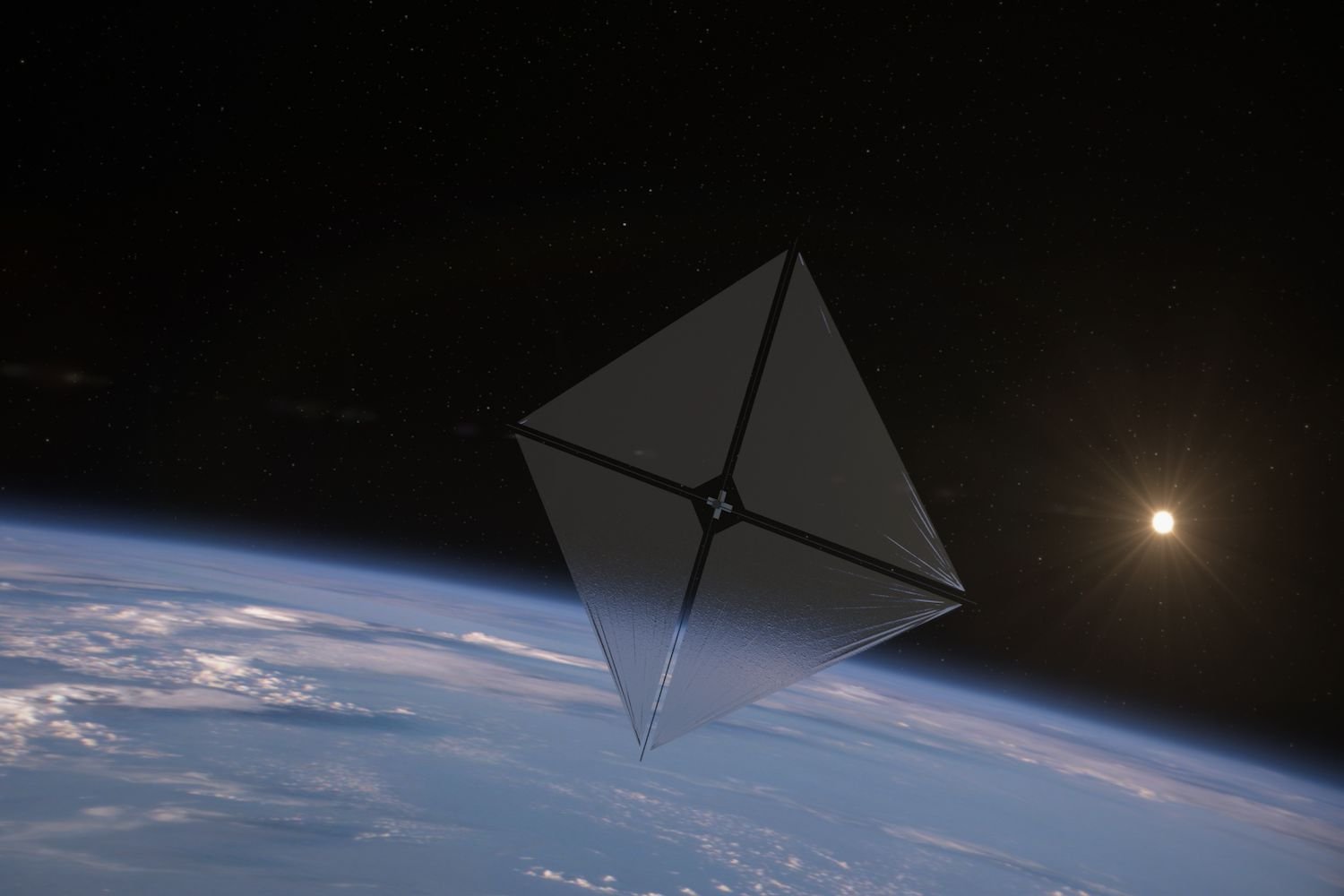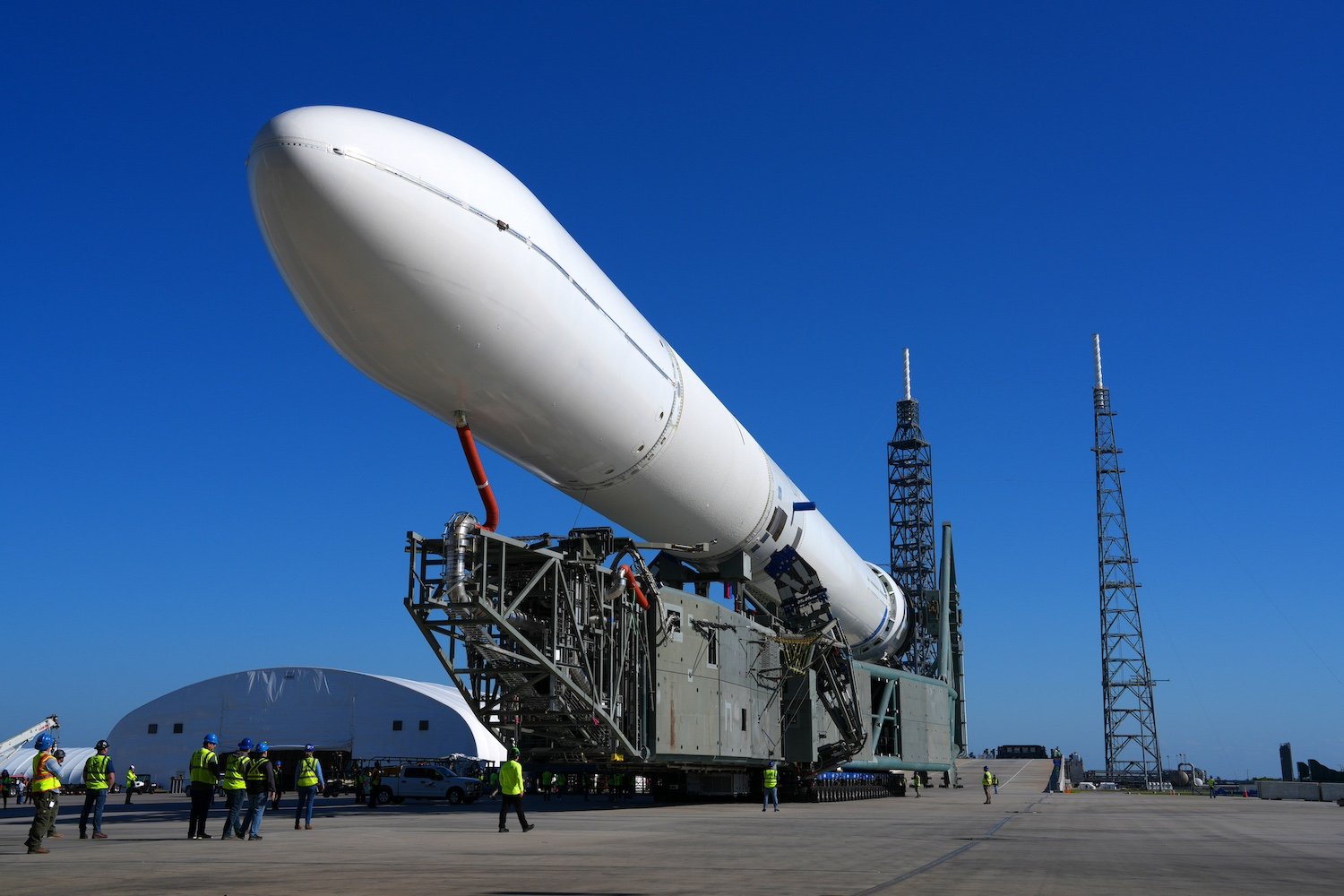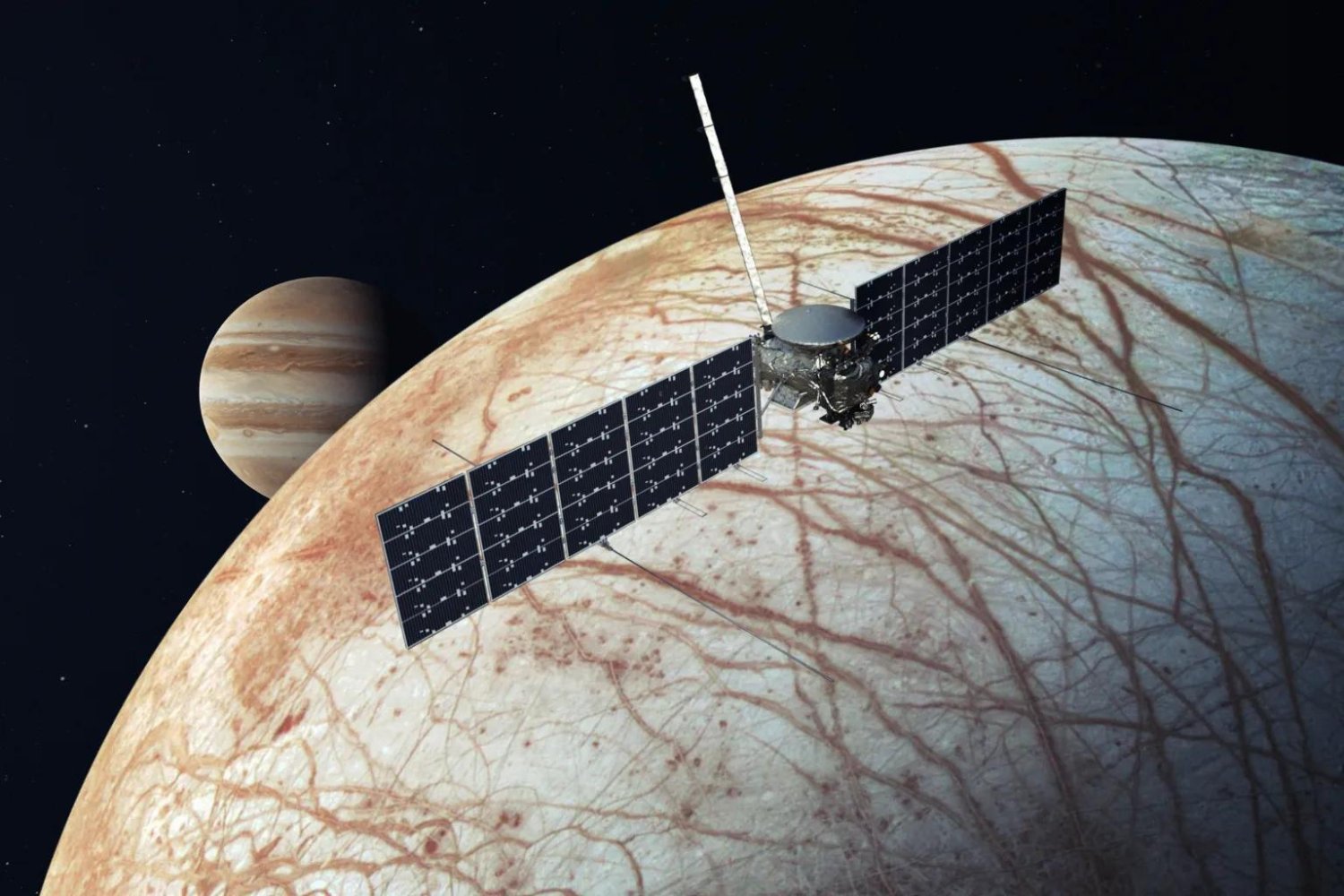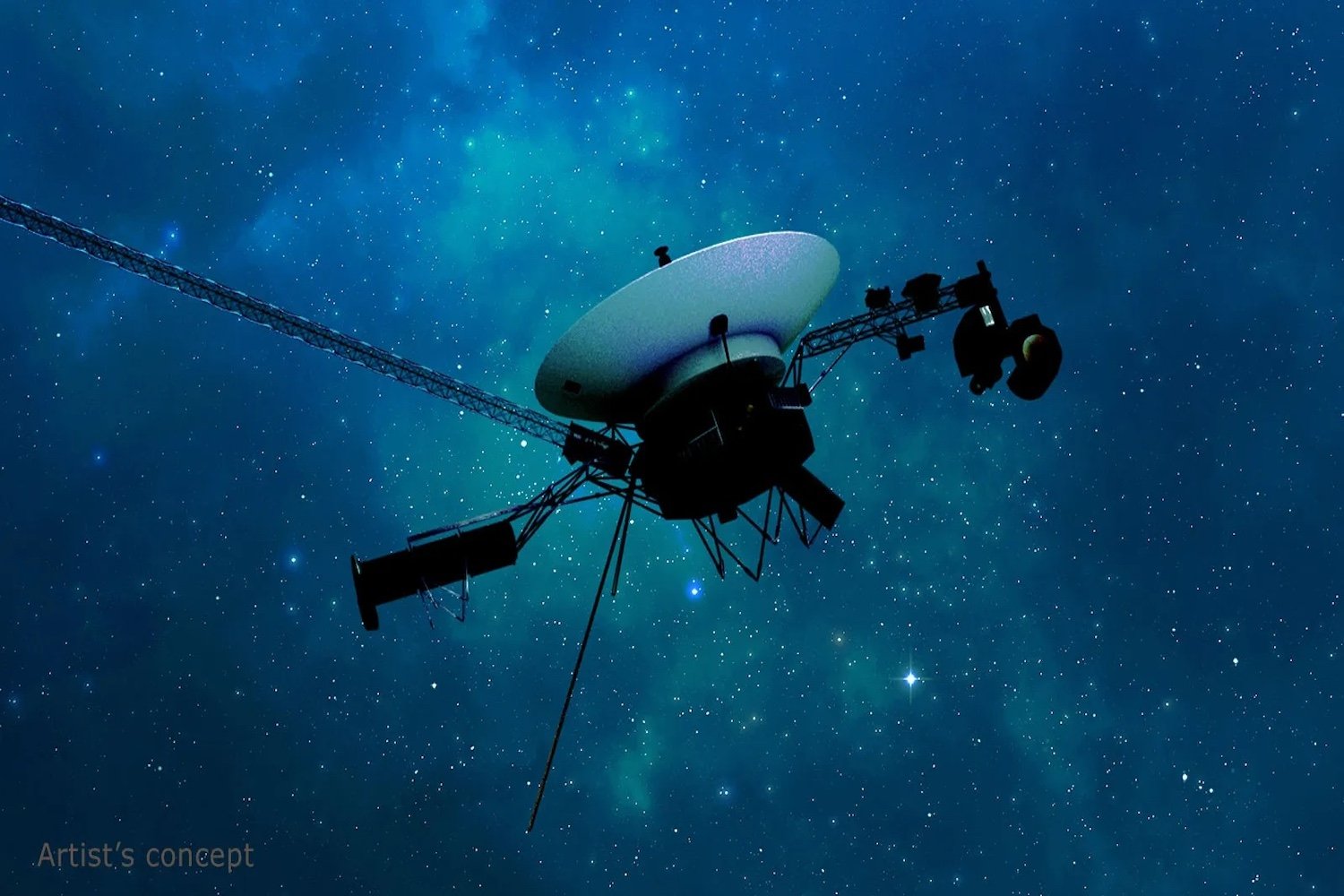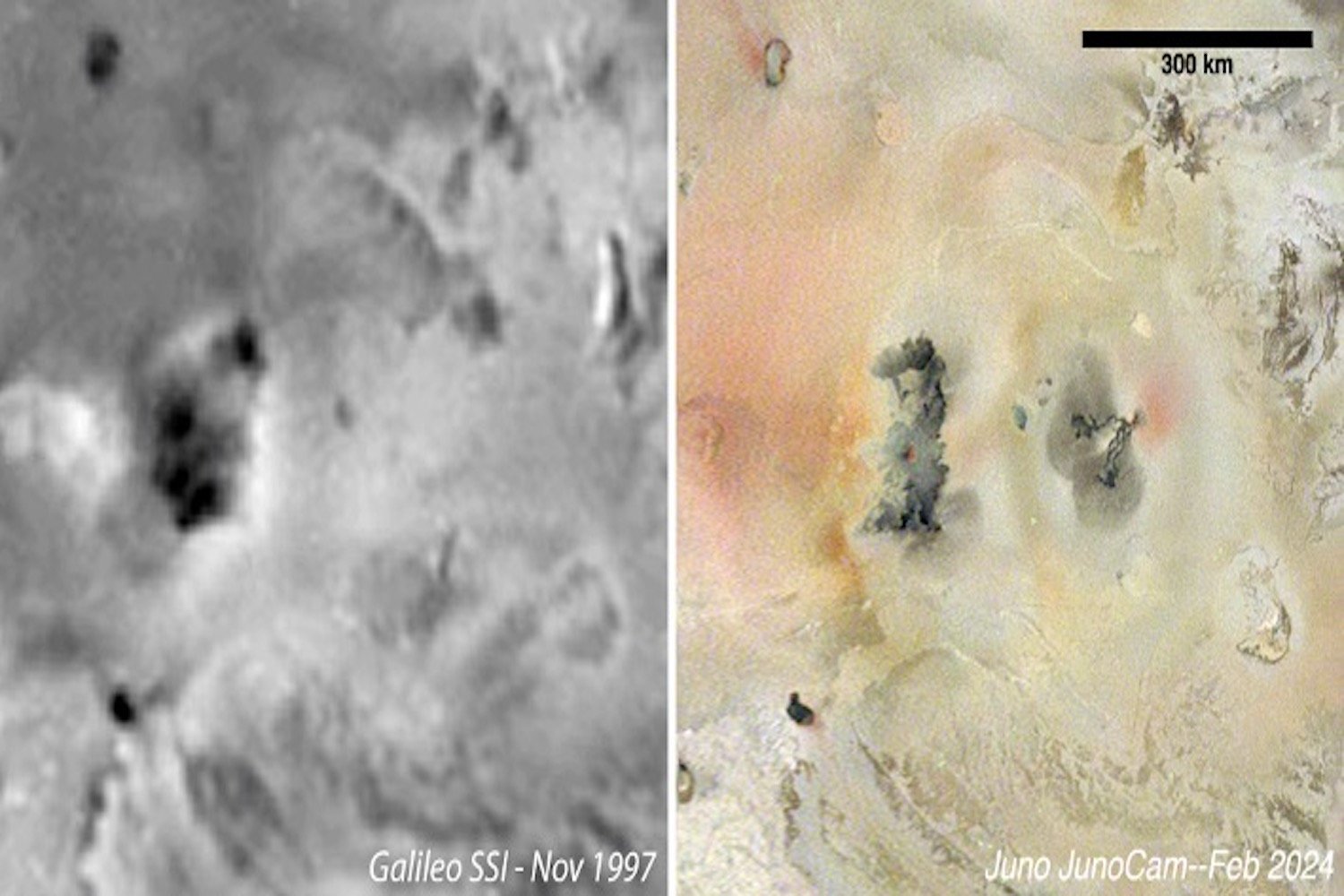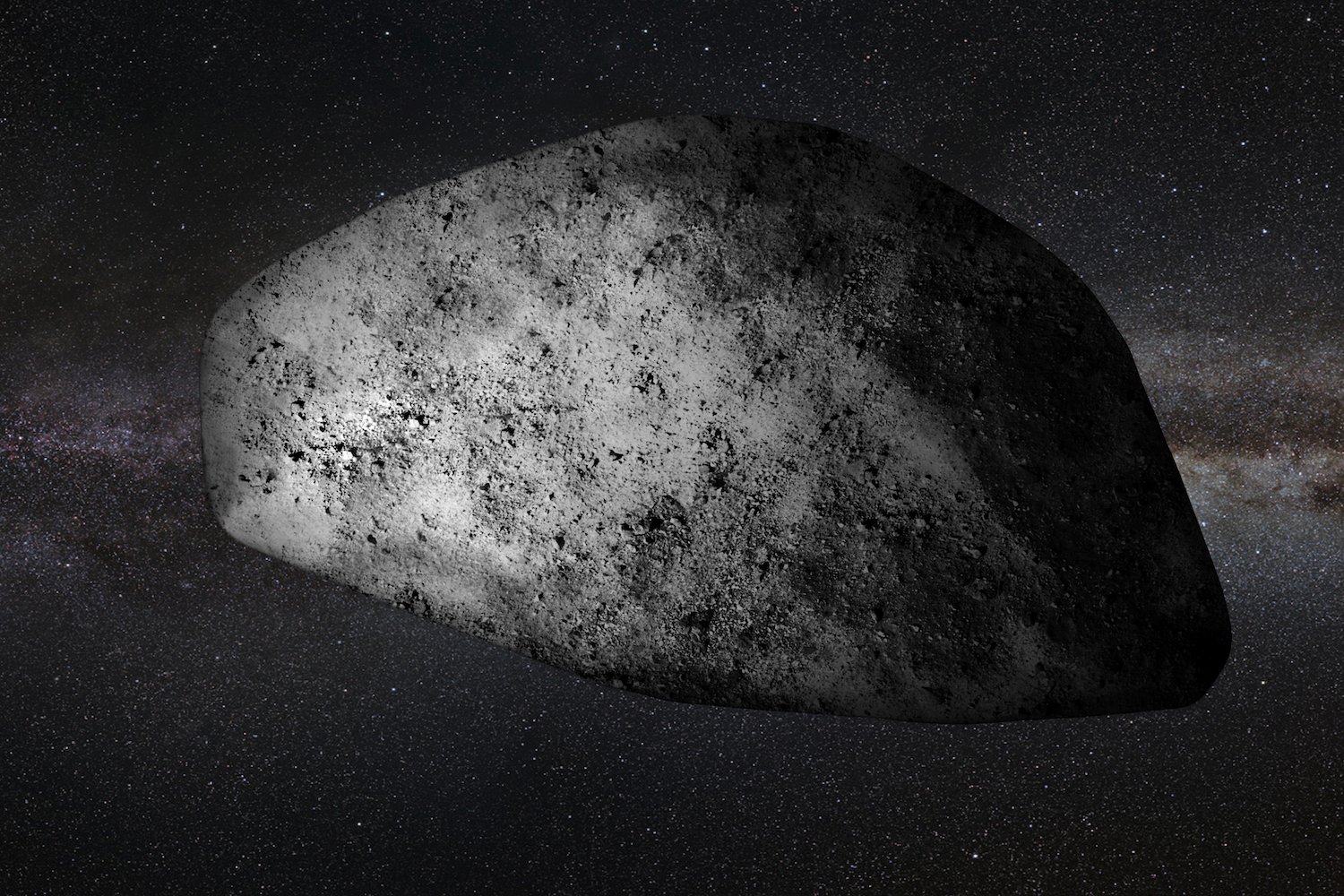The night sky holds a new marvel: NASA’s Advanced Composite Solar Sail (ACS3), an experimental spacecraft propelled by sunlight. After overcoming initial deployment challenges, the ACS3 has successfully unfurled its reflective appendages and is now visible from Earth. Want to witness this groundbreaking technology firsthand? NASA’s mobile app provides the tools to locate and track the ACS3 as it glides across the heavens.
How to Track ACS3
The NASA app offers a comprehensive tracking experience. Not only does it list upcoming visible passes based on your location, but it also features an augmented reality view, enabling you to pinpoint the ACS3’s real-time position in the sky. Imagine holding your phone up and seeing the solar sail highlighted against the backdrop of stars—a truly unique way to connect with space exploration.
Share Your Sighting and Join the #SpotTheSail Community
Once you’ve spotted the ACS3, share your experience with the world! Use the #SpotTheSail hashtag on social media platforms to join the growing community of space enthusiasts. NASA will even feature select posts on their official channels, giving your observation a wider audience.
ACS3: A Novel Approach to Space Travel
Launched in April aboard a Rocket Lab Electron rocket, the ACS3 initially resided within a compact CubeSat, roughly the size of a small microwave oven. Upon deployment, four 23-foot booms extended diagonally, forming a square frame for the expansive solar sail. This sail, reflecting sunlight, provides the spacecraft’s propulsion.
Overcoming Challenges and Achieving Full Deployment
The ACS3’s journey wasn’t without its hurdles. An initial deployment attempt in late August was aborted due to abnormal motor currents detected by an onboard power monitor. However, a subsequent attempt proved successful, allowing the sail to reach its full size – comparable to the width of a small apartment.
Harnessing the Power of Sunlight
The ACS3’s reflective sail, constructed from cutting-edge, lightweight materials, harnesses the momentum of photons from sunlight to generate thrust. This innovative propulsion method eliminates the need for traditional liquid or solid fuels, offering the potential for lighter, more efficient, and environmentally friendly spacecraft.
The Future of Solar Sail Technology
The current ACS3 mission serves as a crucial testbed for this promising technology. Data gathered on the sail’s performance will inform future designs and evaluate its thrust capabilities. NASA envisions scaling up this technology for larger spacecraft, potentially reaching sizes of 21,500 square feet. These future applications could include space weather satellites, near-Earth asteroid reconnaissance, and even crewed missions to explore our solar system.
Join the Exploration: Download the NASA App
Ready to witness the future of space travel? Download the NASA app from their website and start tracking the ACS3 today. This is your chance to be part of a groundbreaking mission and glimpse the potential of solar sailing.



